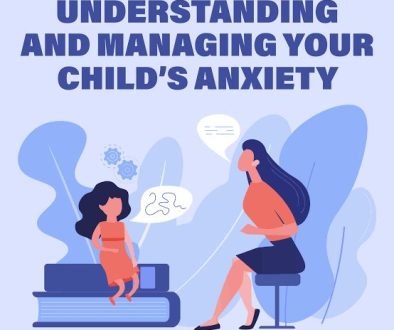The Influence of Environment on Mental Health
The environment in which individuals live significantly impacts their mental health and overall well-being. From immediate surroundings, such as homes and communities, to broader societal factors, the environment plays a crucial role in shaping mental health outcomes. Understanding the various ways in which environmental factors influence mental health can help identify risks, enhance protective factors, and promote effective interventions.
Physical Environment
1. Living Conditions: The quality of housing can directly affect mental health. Poor living conditions, such as overcrowding, exposure to mold or toxins, and inadequate heating or sanitation, can lead to increased stress, anxiety, and depression. Safe, stable, and well-maintained housing is essential for fostering mental well-being.
2. Access to Nature: Research has shown that access to green spaces and natural environments can have a positive effect on mental health. Nature provides opportunities for physical activity, relaxation, and social interaction, all of which contribute to improved mood and reduced symptoms of anxiety and depression. Spending time outdoors has been linked to lower levels of stress and enhanced feelings of well-being.
3. Urban vs. Rural Settings: The type of community in which a person lives can also influence mental health. Urban environments may offer more resources, social opportunities, and access to mental health services. However, they can also be associated with higher levels of noise, pollution, and social isolation. Conversely, rural areas may provide a sense of community and connection but may lack access to mental health services and support systems.
Social Environment
1. Social Support: Strong social networks and supportive relationships are crucial for mental health. Social support can buffer against stress, provide emotional comfort, and enhance resilience. Conversely, social isolation, loneliness, and lack of supportive relationships can contribute to the development of mental health disorders, such as depression and anxiety.
2. Cultural Factors: Cultural norms and values influence attitudes toward mental health and help-seeking behavior. Societies that stigmatize mental illness may discourage individuals from seeking help, exacerbating mental health issues. Cultural beliefs can also shape how individuals cope with stress and adversity, affecting their mental health outcomes.
3. Economic Stability: Economic conditions significantly impact mental health. Individuals facing financial insecurity, unemployment, or low socioeconomic status may experience increased stress, anxiety, and feelings of hopelessness. Access to resources, such as education and employment opportunities, is vital for promoting mental well-being.
Psychological Environment
1. Stressful Life Events: Environmental factors, such as exposure to trauma, violence, or significant life changes (e.g., divorce, job loss), can trigger or exacerbate mental health issues. Chronic stress from difficult life circumstances can lead to conditions such as post-traumatic stress disorder (PTSD), anxiety disorders, and depression.
2. Work Environment: The workplace environment can have a profound effect on mental health. Job-related stressors, such as high demands, lack of control, poor relationships with colleagues, and job insecurity, can contribute to burnout, anxiety, and depression. Conversely, supportive work environments that promote well-being can enhance job satisfaction and mental health.
3. Education: Educational environments also play a role in mental health. Schools that foster positive relationships, promote inclusivity, and provide resources for mental health support can significantly enhance students’ well-being. Conversely, bullying, academic pressure, and lack of support can lead to mental health challenges in children and adolescents.
Mitigating Environmental Impact on Mental Health
Recognizing the influence of the environment on mental health underscores the importance of creating supportive and healthy living conditions. Several strategies can help mitigate negative environmental impacts:
1. Enhancing Community Resources: Investing in community programs that promote mental health awareness, social support, and access to services can help improve mental health outcomes. This includes providing accessible mental health services, support groups, and recreational opportunities.
2. Promoting Green Spaces: Urban planning that prioritizes green spaces, parks, and natural environments can improve mental well-being. Community gardens, walking paths, and outdoor recreational areas provide opportunities for physical activity and social interaction.
3. Addressing Economic Inequalities: Policies aimed at reducing poverty, improving access to education, and providing job opportunities can enhance overall community well-being and mental health.
4. Cultural Competency in Mental Health Services: Ensuring that mental health services are culturally competent and sensitive to the diverse needs of communities can improve help-seeking behavior and treatment outcomes.
5. Creating Supportive Work Environments: Employers can promote mental health by creating supportive work environments, encouraging work-life balance, and providing access to mental health resources and support.
In conclusion
The influence of the environment on mental health is multifaceted and significant. From physical living conditions to social support networks and cultural attitudes, various environmental factors can either enhance or hinder mental well-being. By understanding these influences, individuals, communities, and policymakers can work together to create healthier environments that promote mental health and resilience. Addressing environmental factors is essential for preventing mental health disorders and fostering a society where individuals can thrive both mentally and emotionally.



